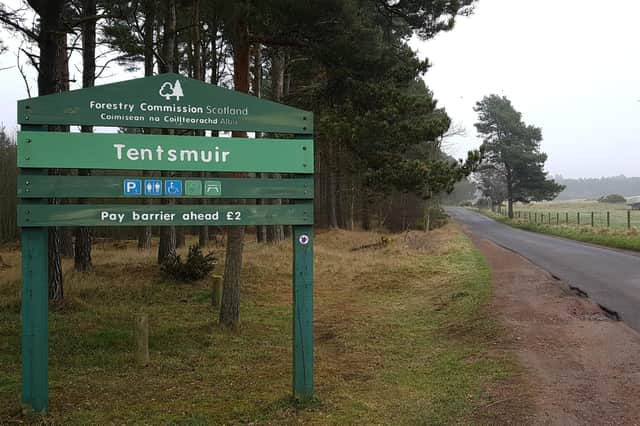Lockdown brings more people to Fife's nature reserves


NatureScot also puts the rise down to continued interest and enthusiasm for spending time in nature in a difficult year.
It estimated one million visits to nature reserves across Scotland- and more to follow over winter.
Advertisement
Hide AdAdvertisement
Hide AdThe organisation said there was plenty to see on nature reserves in Fife, from seabirds and waders to squirrels and deer, and they’re often easier to spot at this time of year because of the bare trees.
Francesca Osowska, chief executive, said: “Nature is helping us all cope with anxiety throughout this difficult time and strengthening our resilience. I’d encourage people to get out and enjoy their local national nature reserves over the holiday season.”
At Tentsmuir, manager, Marijke Leith, reports there have been recent sightings of crossbills, a great white egret, white-tailed eagles and snow buntings on the reserve.
Tentsmuir has also launched a litter picking scheme early in 2020, to help keep the reserve safe for wildlife and the environment.
Advertisement
Hide AdAdvertisement
Hide AdThe idea is to pick up four items of litter every time you take a walk on the reserve and deposit them at the litter stations.
Developer hits back as Fife villagers react to work starting on new...‘Stick with it’ plea from Fife Council leaders as region faces Level4...
While visitors cannot land on the allowed at the Isle of May at this time of year, people are being encouraged to think about a trip next Spring.
NatureScot staff were able to staff the island reserve from early June for vital research and monitoring data.
Advertisement
Hide AdAdvertisement
Hide AdSeveral key seabird species were counted and there was good news for some species which have been showing a decline nationally over the last thirty years.
The biggest winners were kittiwakes which showed a 61% increase from the previous season. This is the third year the colony has shown an increase and is starting to reverse the fortunes of this nationally declining species, but is still some way short of the 8,000 pairs which nested on the island in the early 1990s.
Other cliff nesters also had good breeding seasons with increases in guillemots and fulmars, while razorbills showed a slight decrease.
It also proved to be another highly successful grey seal season on the May, with approximately 2,500 pups born across the island during the autumn months.